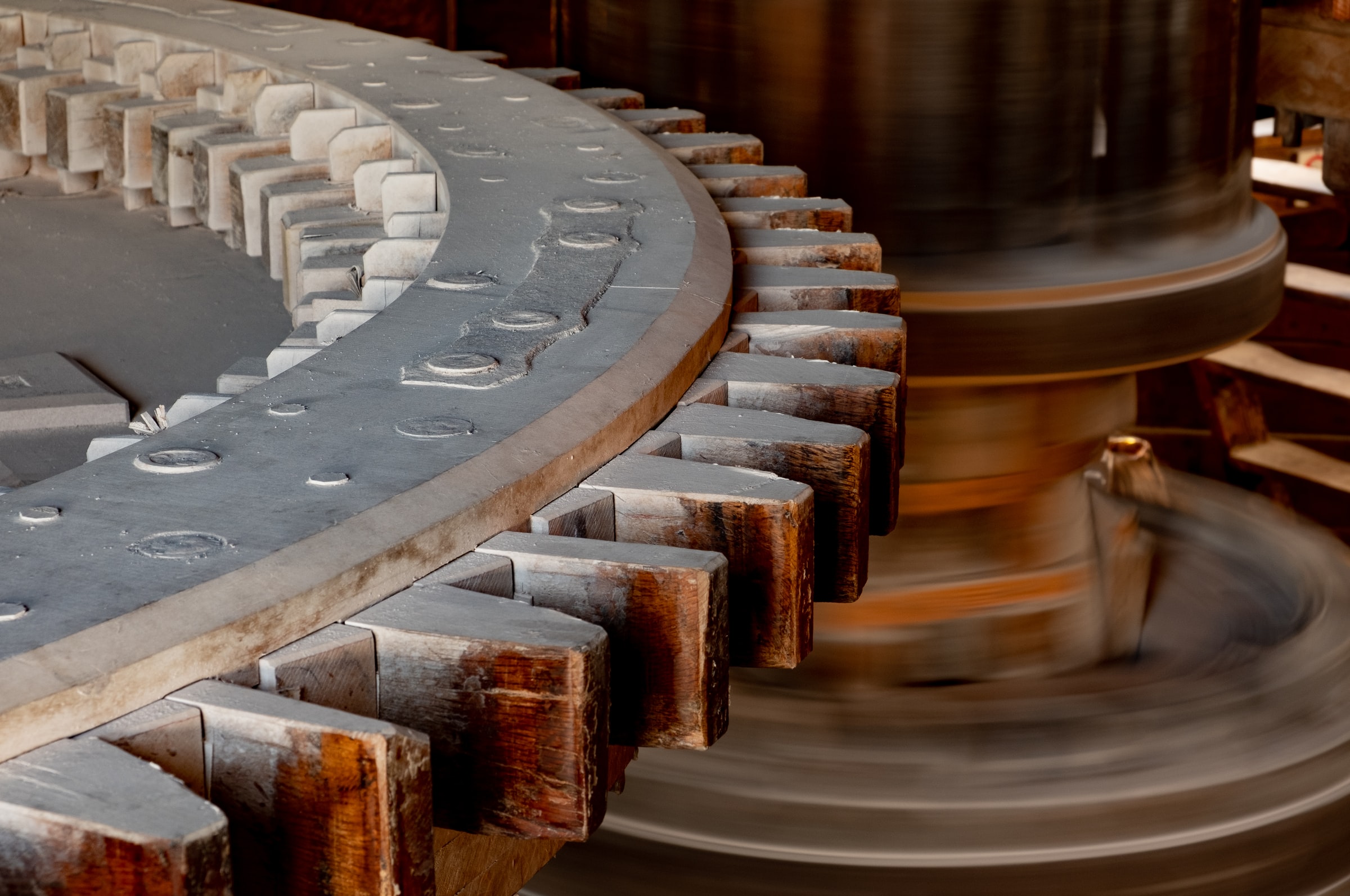Why Should You Use Vibration Monitoring In Your Machinery?
Moving machinery requires careful articulation in order to achieve optimum performance. However, rotating parts are prone to issues that result in vibrations. Left unchecked, these can lead to long-term damage, inefficiencies, and reduced productivity. The risk of serious damage in the event of seismic activity is also greatly increased. One of the most advanced solutions is vibration monitoring. Here’s what you need to know.
What Are Industrial Sensors?
Vibration monitoring is industrial sensory equipment. It has been developed over many decades with the purpose of screening for the majority of faults. These include everything from imbalance to misalignment, as well as end-stage wear to bearings. As such, vibration monitoring is a methodology for optimising the productivity and efficiency of a system. Its capacity for identifying problems before they become a significant issue is also a powerful form of proactive maintenance.
Where Is Vibration Monitoring Applied?
Industrial sensors can be used across a wide field of industries. These include oil and gas, nuclear, maritime, energy, and other industries with hazardous or hard-to-reach environments. Vibration monitoring is typically applied to rotating parts, such as motors, compressors, and fans. However, any moving element can benefit from feedback that registers fatigue and anomalies.
How Does Vibration Monitoring Work?
Unlike traditional hand-held approaches, which have a high inaccuracy rate, vibration monitoring systems use finely tuned industrial sensors. Advanced data analysis then diagnoses the severity and potential cause of the vibration, enabling engineers to determine the correct maintenance pathway. Industrial sensors will identify imbalance, misalignment, looseness, and fatigue.
Why Is Vibration Analysis Helpful?
Vibration monitoring equipment gives maintenance teams accurate insights into the performance of equipment. Rather than waiting for an issue to reach the stage where it is evident, industrial sensors register changes at their earliest stage. This offers technicians a high level of control over the scheduling of maintenance tasks. Vibration monitoring, therefore, helps to keep operations running smoothly whilst reducing unnecessary costs. The remote access of the sensors is also a time-saving strategy that removes the inaccuracies and challenges of manual monitoring.
How Complex Is The Installation Process?
Ideally, vibration sensors are installed on new machinery, but older machinery can also be retrofitted. This ensures that they are optimised for the plant or vessel. As such, solutions are frequently bespoke, and are developed as an integral part of the overall design. Planning is therefore extensive, and partnering with an experienced supplier is vital to achieving a successful solution.
Find Out More
Vibration monitoring sensors can transform the operational performance of industrial equipment. To learn more about how remote sensors can save time and money whilst increasing output, get in touch with one of our specialists today.
Image Source: Unsplash

